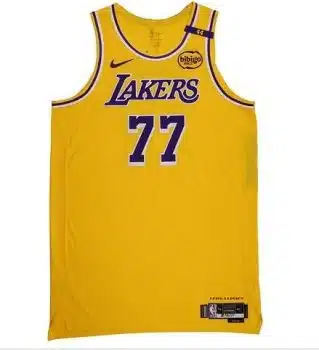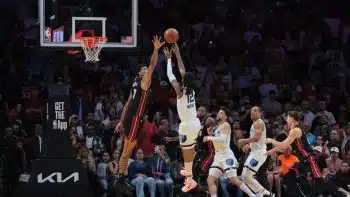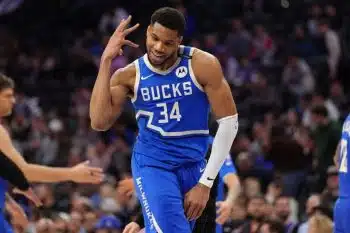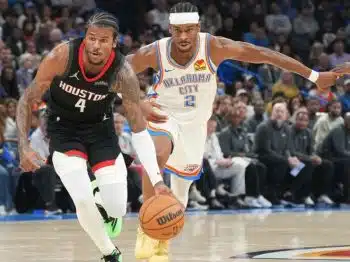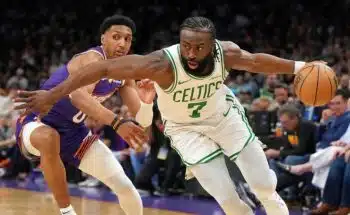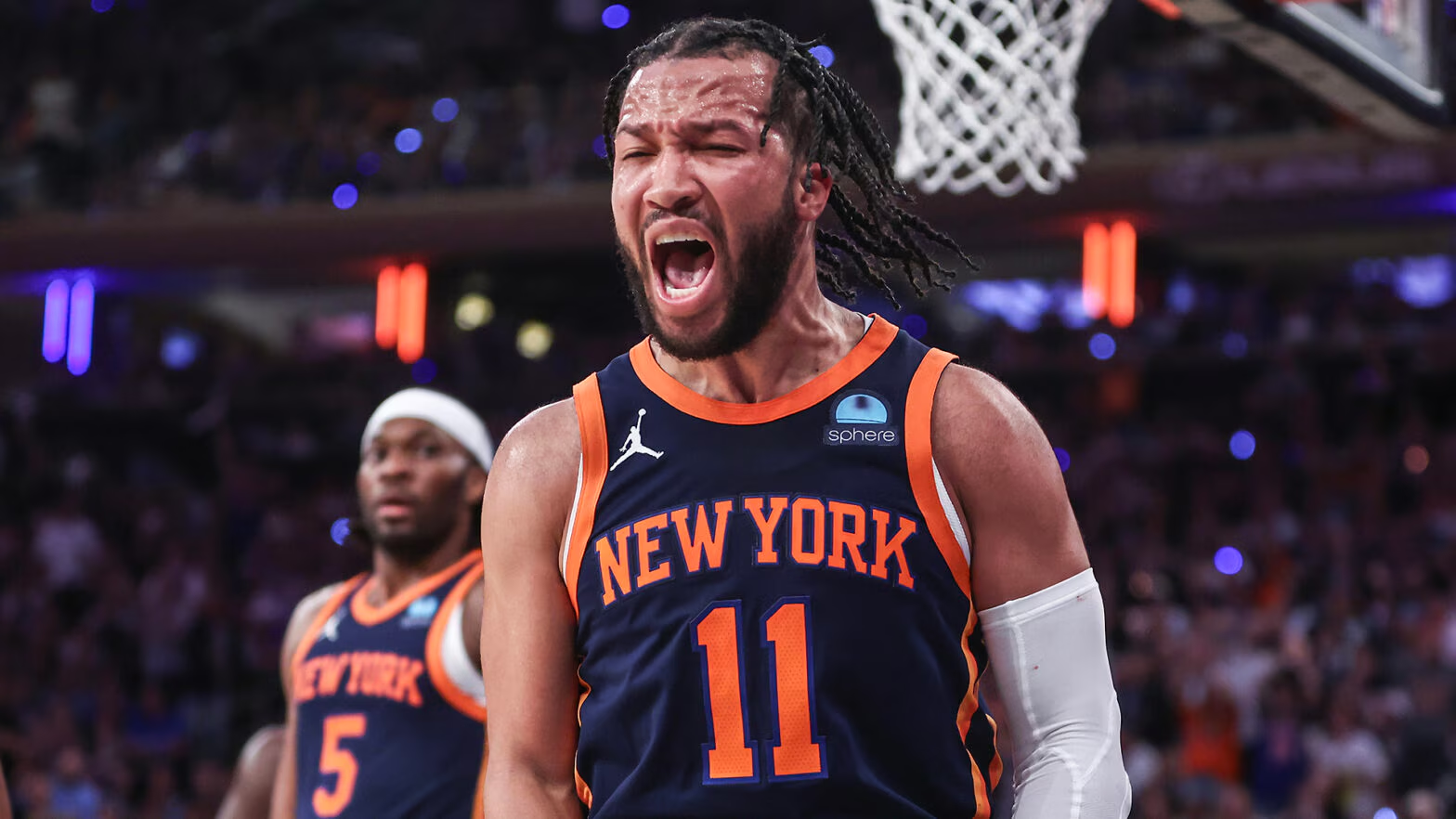NBA
NBA Daily: The Mystery of Dante Exum
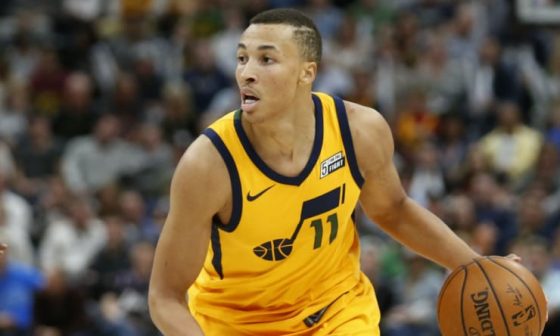
The Utah Jazz have a lot going for them at the moment. Even though they already were one of the better teams in the Western Conference last season, the moves they’ve made in recent months have vaulted them to one of the better teams in the entire league.
In short, there’s so much to look forward to in Salt Lake this October: Mike Conley Jr. and Bojan Bogdanovic improving their spacing. Year Three of Donovan Mitchell. Rudy Gobert’s offensive progression. Those plotlines alone make the Jazz’ ceiling so exciting to think about. With all the excitement being stirred up, there’s one thread, in particular, that’s been swept under the rug — the return of Dante Exum.
Potential has always been the word associated with Exum. His physical tools — combined with the skills he possesses — makes it hard to not see what a blossoming future could hold. A 6-foot-6 point guard with long arms, a high vertical and lightning-quick speed almost seems like a prospect too good to be true. But it’s sad to say that through no fault of his own, Exum’s potential has basically been his one saving grace since arriving in the NBA.
Unlike say, Rodney Hood, who failed to put it together in Utah for reasons not entirely clear, Exum’s lack of production has come from an inability to stay on the court.
In the five years since he was drafted, Exum has missed one season entirely because of a torn ACL (2015-16), lost the majority of another thanks to a dislocated shoulder (2017-18) and then trudged through both and ankle sprain and a slightly torn patellar tendon (2018-2019) to boot. Because of all that, the conversation around Exum always comes down to what he could do, not what he has done.
That’s why it’s hard to make an argument in either direction for Exum. His extensive injury history makes it difficult to grasp what exactly to expect from him for this season. It also doesn’t help that, even when he was healthy, the 24-year-old’s production has been too inconsistent to make any type of definitive claim just yet.
When Utah gave him a three-year deal worth $27 million last summer, the organization demonstrated its faith in spite of both his poor luck and inconsistencies. To his credit, Exum had just come off of an impressive playoff performance against the Houston Rockets. Although 8.3 points on 53/17/43 splits don’t exactly set somebody toward superstardom, his tenacious defense on James Harden — which goes further in-depth here — showed some much-needed progress.
Last season, he didn’t exactly reward their faith.
While starting out decently in October — 10 points on 42/31/73 splits — his awful November splits naturally led to a decrease in minutes. Exum’s play was so bad that there were games in which he barely saw any action on the floor. Over time, the Australian got his footing back and, by late-December, his production increased. From Christmas to Jan. 4, Exum averaged 13.4 points on 51/50/100 splits in 20.6 minutes.
But in what is now like an all-too-familiar cycle, Exum suffered a badly-timed ankle injury the very next game, ruining his promising stretch. Though he managed to make it back, a partially torn patellar tendon injury sidelined him for the rest of the season shortly after that. It was yet another tease of what Exum could have brought to an already deep rotation. If nothing else, Exum’s excellent defense on James Harden from yesteryear would’ve been useful when the Jazz and the Rockets had their rematch in April.
As of today, Exum’s defense is regarded as top-notch while his offense still remains raw. Advanced metrics actually back up both the former and the latter from the previous season alone.
Overall, the Jazz were a minus-2.2 with Exum on the floor. Even though their defense allowed 4.7 fewer points per 100 possessions with him on the floor — behind only Raul Neto, Thabo Sefolosha and Joe Ingles — their offense scored 6.9 points less per 100 possessions with him as well, which was the worst among players in the rotation.
So then, how exactly do the Jazz utilize Exum in a way in which he won’t be a negative when he’s on the floor? Let’s take a look at the five five-man lineups containing Exum which were used the most.
– In 55 minutes, the lineup of Exum, Kyle Korver, Derrick Favors, Joe Ingles, and Jae Crowder had a net rating of plus-16.8
– In 34 minutes, the lineup of Exum, Jae Crowder, Rudy Gobert, Donovan Mitchell, and Royce O’Neale had a net rating of minus-10.4
– In 29 minutes, the lineup of Exum, Alec Burks, Derrick Favors, Jae Crowder, and Joe Ingles had a net rating of plus-14.6
– In 27 minutes, the lineup of Exum, Derrick Favors, Jae Crowder, Donovan Mitchell, and Royce O’Neale had a net rating of plus-8.7
– In 24 minutes, the lineup of Exum, Derrick Favors, Jae Crowder, Joe Ingles, and Royce O’Neale had a net rating of minus-13.7
Of the lineups that have a positive net rating, the first- and third-most used lineups with Exum have that positive net rating because of both their offensive and defensive ratings. The fourth-most used lineup is strong primarily because their defense is stifling despite its offense being pedestrian.
The conclusion to draw from this is that Exum becomes a net positive if he has more floor spacers around him — just as he did this past season with Ingles, Korver and Burks. Utah is going to miss Korver on that front, but by adding Mike Conley, Bojan Bogdanovic and Jeff Green, all three of whom shot 36.4, 42.5, and 34.7 percent from three respectively, should help him out on paper.
Now, Utah’s success this season won’t depend nearly as much on Exum’s development as it did last season. Exum will be the designated backup point guard, one who can also give spot minutes for the wings. If the stretchy defender fails to take the next step up, it’s not the worst fate in the world. Ultimately, the Jazz will almost assuredly be an excellent team without him.
But if this is finally the year that Dante Exum makes good on all of his monumental potential, then Utah’s incredibly high ceiling will simply rise that much taller.
